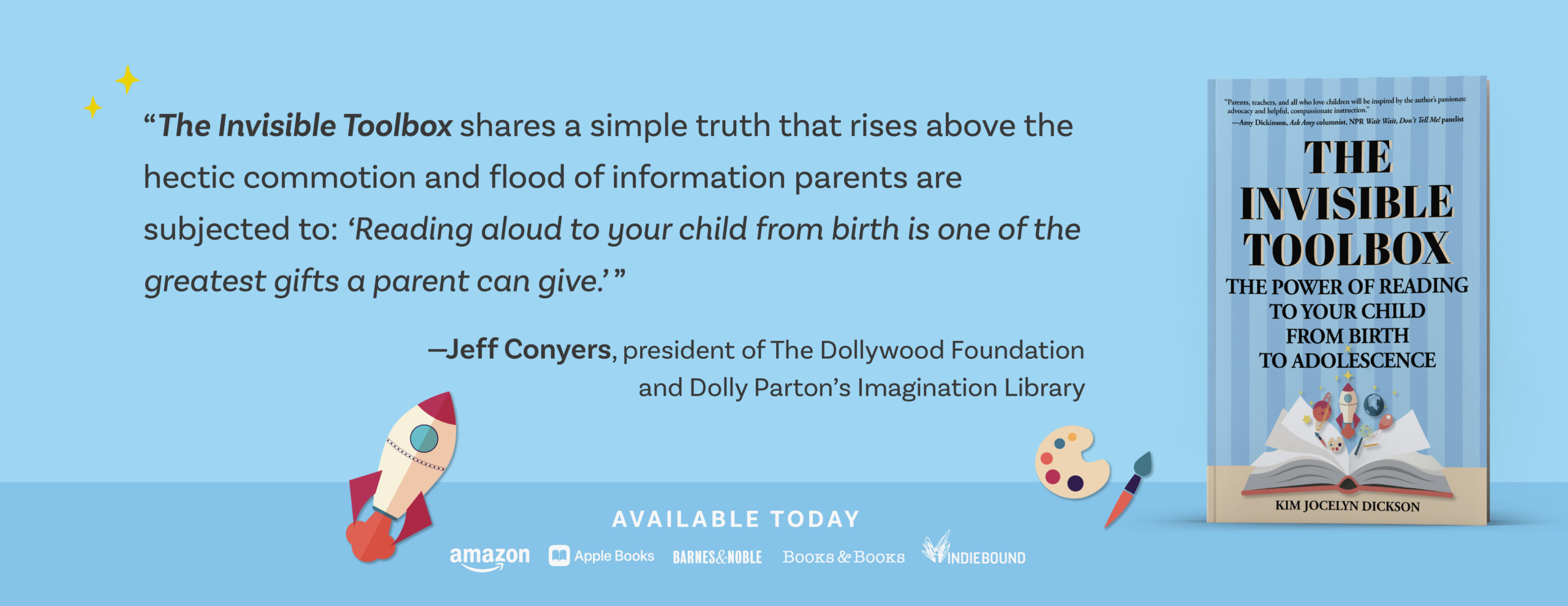
Photo by Ben White
Recipe for fostering community and connection through books: Gather 2 or more kids. Add their moms and a splash of wine. Stir with the classics. Yields: Comfort, belonging, and the joy of shared stories. (Caution: May inspire imaginative play.)
[The following is reprinted from the Los Angeles Times, January 2, 2017; by Tess Taylor and Edan Lepucki]
“When the world felt hard–as it has this fall and winter–turning to a children’s book was a singular opportunity to settle down, unplug the phone and the news, light the light and be together.”
The plan was simple: We would start a book club for our 5-year-old sons. Bennett and Bean had just started kindergarten and were crazy for stories. They couldn’t read chapter books on their own but they took pleasure in listening, imagining the story playing out. Besides, we, their mothers, had basically been waiting to read big books to our kids from the moment they were born.
And, like that, Bennett and Bean’s book club was born. We figured we could handle a book a month, and we dug out the ones we remembered loving as kids: “The Phantom Tollbooth,” “Pippi Longstocking” and “The Lion, the Witch and the Wardrobe.” Our meetings would be whatever the boys made them, but the book club would be for us too.
All fall, we read to the boys. That wasn’t unusual, but it felt different because we were doing it with another family across town — picking up the same book, laughing at the same jokes, falling in love with the same characters.
Bean and Bennett had never read on deadline before, and we all became more disciplined about the reading hour. Sometimes it was the best part of the day. When the world felt hard — as it has this fall and winter — turning to a children’s book was a singular opportunity to settle down, unplug the phone and the news, light the light and be together.
“What could be a greater gift to pass on to our children? Sharing stories, weaving a small community together.”
The boys loved it. After all, who doesn’t want to belong to a club? We didn’t hold our kids to teacherly standards. The meetings often consisted of talking about books for all of 10 minutes before we poured ourselves glasses of wine and let the kids run in circles around the redwood tree in Tess’ backyard.
Still, everyone said what they loved best about the stories, or shared a sentence or two. We snacked: for “Phantom Tollbooth,” tollhouse cookies; for “Pippi Longstocking,” chocolate cake because the market was out of Swedish Fish. Our kids began to name what they wanted most in a story. Bean: epic battles. Bennett: careful observation. They both wanted magic. In this we agreed: Who doesn’t want magic?
Our picks weren’t perfect. “The Phantom Tollbooth” was too complex for 5-year-olds. Its puns and math sailed over their heads. Bean thought it a bit dull; Bennett wished for whales. “Pippi Longstocking” was full of adventure, but we moms found the way she described her travels around the world imperialist and dated. Bennett said that, like Pippi, he wanted to live alone. Bean wondered if he could get his own pet monkey. Each meeting ended with both boys asking why the party had to end.
And us mothers? From the beginning, we assumed we would enjoy ourselves, but even we were surprised by how nourished we felt. The book club reminded us of the deep pleasure of losing oneself in a rich story. The reading hour was an antidote and balm for adult distractions, fears and responsibilities. However chaotic and cruel the world seemed, setting aside time to read classic books with our children, letting our imaginations take flight, made the universe seem legible again.
What could be a greater gift to pass on to our children? Sharing stories, weaving a small community together. The days got shorter and we curled into the reading light.
Ultimately, it was “The Lion, the Witch and the Wardrobe” that offered what we all wanted most: magic. The sentences were clear, easy to read aloud, spellbinding. There were the children escaping the air raids of World War II, brought to a house in the country. And like a house within the house, there was the wardrobe, and inside it a land where long winter had fallen, and people and animals were being kidnapped.
Yet C.S. Lewis’ book also contained bravery, camaraderie, light. And the assurance that even in the most ominous times, it is possible to fight the darkness. The White Witch might seem all powerful, but the children were working to set the long winter right. How lovely the writing was, we exclaimed. How urgent the book felt, to us, in 2016.
That afternoon, Tess hung extra coats in a closet and Bennett and Bean went in and came out ready to fight the witch. They waged a great battle in the backyard, armed with wrapping-paper tubes. Bean wore a lion mask and roared and roared. Bennett put on a cardboard crown. Everyone ate Turkish delight. Everyone got powdered sugar on their noses. We ducked together into the magic wardrobe and emerged as new avengers, ready to battle for the light.
[Tess Taylor’s collection “Work & Days” was named one of 2016’s best books of poetry by the New York Times. Novelist Edan Lepucki’s latest book, “Woman No. 17,” will be published in May.]
